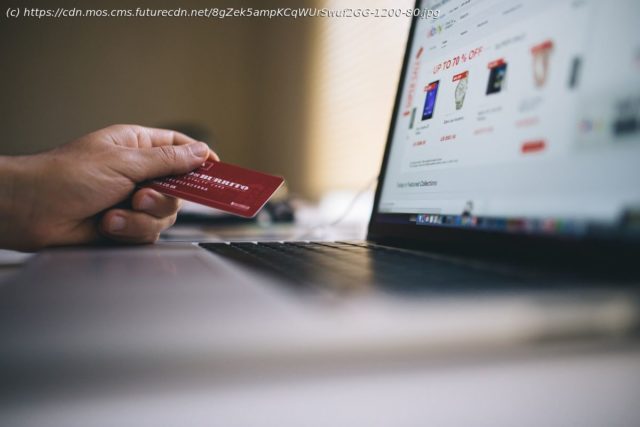Make a switch to multi-clustering hosting and make sure all your websites are up and ready to conquer the e-market.
After making it through Black Friday (opens in new tab) and Cyber Monday (opens in new tab) hustle and bustle, we’re rapidly approaching the holiday ecommerce season. Ever since the COVID-19 pandemic, online shopping has been on the rise and this trend won’t go away anytime soon. But how can an ecommerce business translate this evolving shopping behavior into recurring revenue?
For starters, you’ll want to optimize your site and ensure that all your potential customers are provided with an excellent navigating experience.
Besides bad search engine optimization (SEO (opens in new tab)) and non-existent e-marketing campaigns, nothing spells “low sales” like an online store with web pages loading for ages and a shopping cart failing to respond properly. In short, if you want to convert your holiday marketing campaign into cold hard cash, your site’s performance must be one of your top priorities.
After all, Christmas and New Year are probably the most profitable periods for any online store and part of boosting your sales success is optimizing your site at peak traffic times.
Alright, but what’s the simplest way to ensure your online store stays speedy, stable, and secure during peak periods? It’s switching to a multi-clustering hosting model.
If you’re not sure what multi-clustering is and how it can support your online store to make it through the holiday season, stay tuned.
Electronic commerce, or e-commerce for short, refers to the process of buying and selling products and services via the Internet. In simple terms, it’s an online equivalent of a traditional brick-and-mortar store and it can exist alongside it. E-commerce exists as a part of an industry known as e-business and it includes all processes that are required for running an online store.
An ecommerce website (opens in new tab) is an online storefront where you can showcase your products and services, sell them, draw in new customers, and hopefully turn them into loyal clients.
The main benefits of ecommerce include convenience, an ability to add a wider variety of products, lower start-up costs, international sales capability, and an excellent starting point for cross-platform marketing campaigns.
However, there are quite a few drawbacks as well and most of them can be attributed to the technical challenges of running an online store — namely, the site’s performance.
Домой
United States
USA — software Why multi-clustering is the ultimate ecommerce solution for the holiday season






